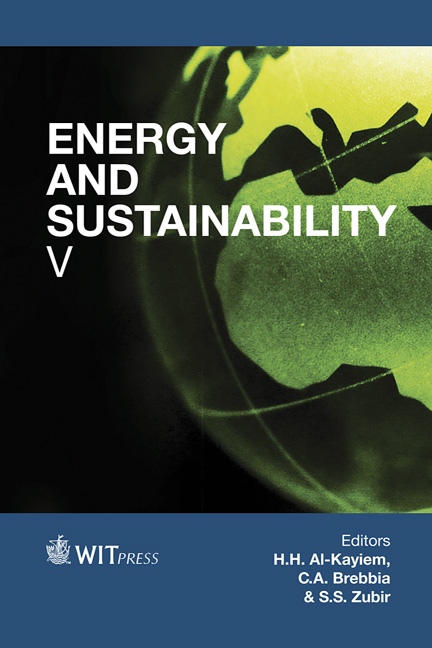Substitution Of Fossil Fuel By Industrial Waste In Clinker Kilns
Price
Free (open access)
Transaction
Volume
186
Pages
11
Page Range
809 - 819
Published
2015
Size
540 kb
Paper DOI
10.2495/ESUS140721
Copyright
WIT Press
Author(s)
N. Kadel, M. A. Sellitto, M. Borchardt, G. M. Pereira
Abstract
The purpose of this article is to report a case for the use of industrial solid waste in substitution of fossil fuel in clinker kilns in the cement industry. The partially replaced fossil fuels originated in the oil industry. The industry calls this practice co-processing. The research took place in a cement industrial complex located in South America. The research method was the action-research. This type of method uses existing theories to plan interventions in the field, while at the same time uses the results to generate theoretical advances. The studied company uses rice husk and scrap tires as alternative fuels in clinker kilns and decided to add a mixture of industrial solid waste, processed in a blending plant. The research defined the location of the blending plant; the definition of a direct-reverse integrated logistic network; and the economic and environmental impacts of co-processing. In prior research, a potential of 1,250 tons per month of waste generated in the region were detected, adequate for co-processing. The main results were: reduction of logistics costs of 27%; reduction in fuel costs of 8%; reduction of about 12,000 tons of fossil fuel per year; and reduction of about 36,000 tons of CO2 per year. An intangible gain in the company’s strategy was a reduction in the dependence on oil international supply chains.
Keywords
co-processing, reverse logistics, waste management, clinker kilns, alternative fuels, cement industry, renewable energy, rice husks





